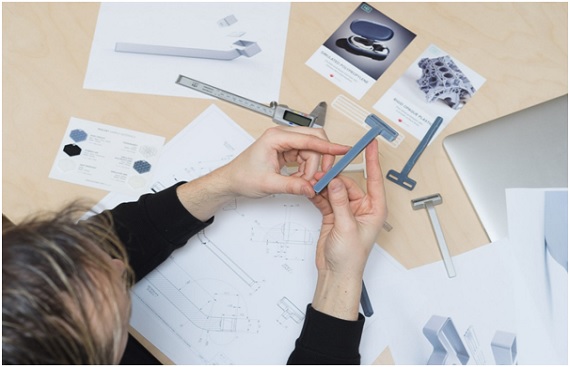How 3D printing leads to less waste

Requesting a CNC machining instant quote because you want to use one of these manufacturing processes to produce your new design can be a good idea. However, this is not always the case. Sometimes it might be better to reach out to 3D printing services instead. You should for example do this when you want the production process to be sustainable, which 3D printing is. On top of that, additive manufacturing can reduce waste in multiple ways as well. Below you can find a few examples of how 3D printing leads to less waste.
Spare parts with 3D printing
When spare parts can only be ordered in large numbers, a large quantity is often not used. This means unnecessary waste. With 3D printing, a small amount of spare parts is also readily available. You could even have no stock of spare parts at all and just 3D print them when you need them. This will lead to even less waste.
Repair and replacement of parts
Besides that, you can also use 3D printing to reduce your waste by repairing a broken part instead of purchasing a replacement part. 3D printing is in fact a smart way to replace broken parts or parts that are no longer produced. After all, replacing just one part is better than buying an expensive new machine.
Material of 3D printing
During the 3D printing production process, no waste will be generated at all. In other manufacturing methods this is often the case, which leads to more wastage of material of course. However, in additive manufacturing no more material is used than necessary, which is one of the main reasons for green companies to use 3D printing.
Failures in 3D printing
3D printing is already very interesting in the development process. At an early stage, revisions can be made and fits checked so that the potential failure costs are reduced. No expensive molds are needed and material waste due to faulty production is not an issue with this technique.
Unique parts and objects in 3D printing
With 3D printing it is possible to produce unique objects individually. In this way, each product from a complete series can have its own, unique appearance. For example, you can do this by coloring each product separately or by giving it its own characteristic. To realize this, no mold is needed, just a digital file.
Usage of 3D printing
3D printing is also possible with waste as the basis for the printing material. For example, KLM has already used the waste on board to make tools for maintenance and repair of aircraft. A great initiative, because in order to align 3D printing even better with the climate-neutral and circular economy, the materials used will have to be made more sustainable.
Topology optimization
If you want to use even less material to print a particular part you can use topology optimization. 3D printing is a perfect production technology for this., because it will also lead to the product becoming lighter in weight. This results in a significant reduction in CO
